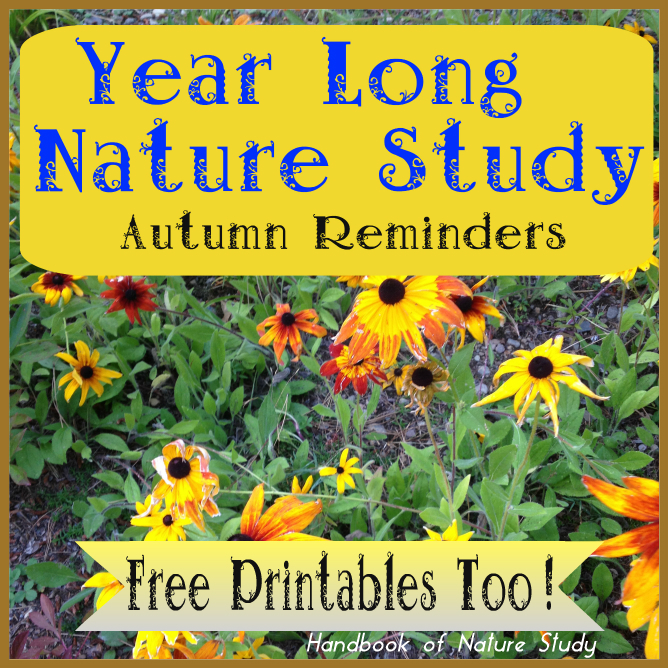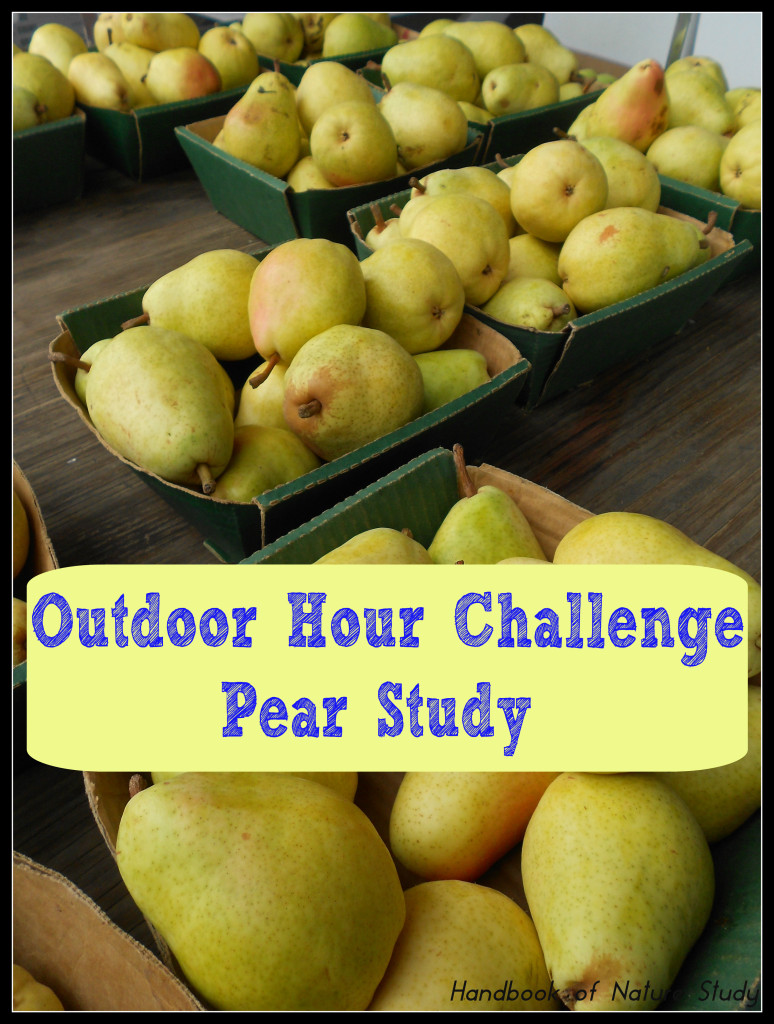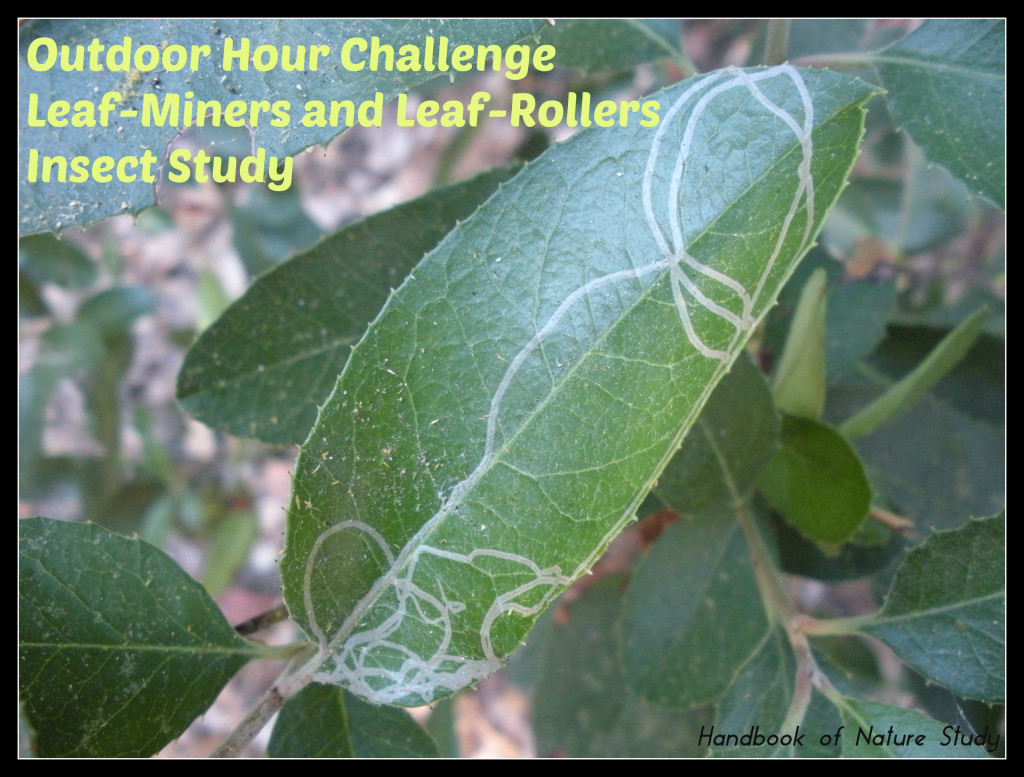Please Note: If you are looking for the Outdoor Hour Challenge Blog Carnival, I didn’t receive many entries so I will be sharing those links over the next month on my Facebook account. Sigh. I am guessing that blog carnivals in general have become a little outdated with the advent of social media. I love seeing what families are doing in their outdoor time so please feel free to share your links with me at any time either in a comment on the blog or in an email to me directly.
I also am a big fan of Instagram. You can follow me there- my Instagram name is outdoorhourchallenge. Use a #outdoorhourchallenge hashtag for me to pop over and view your images.
Handbook of Nature Study Newsletter
November 2016 – Forest and Fungi
Please read the following explanation outlining how to get this month’s newsletter.
The newsletter link is not in this email but will come separately. There may be a delay in your receiving the email so please don’t email me until the second day of the month if you haven’t received the link on the first. For some reason, some email providers take longer to receive the newsletter email.
If you don’t receive the separate email with the download link, you probably aren’t subscribed to the blog yet. This will take less than a minute to do if you follow the steps below.
If you are a subscriber and you haven’t received your newsletter email yet, check your SPAM inbox. Some subscribers have found the email buried in SPAM inbox.
If you need to subscribe:
- You will need to go to the Handbook of Nature Study, look to the top right corner for the box to type in your preferred email address, and then confirm the email that comes to your email inbox.
- Once you subscribe, you will receive a thank you email from me with the download link for the current month’s newsletter.
This month’s newsletter link will be available only during the month of November so be sure to download it before 11/30/16.
Remember! All of the archived and current newsletters are available as part of the Ultimate Naturalist Library…every level!
Contents of this edition of the newsletter include:
- This is a month for getting out in the forest! This edition of the newsletter will be full of ideas and inspiration for a forest walk and looking for fungi.
- There is also a Monthly Planning Page for moms to organize November’s nature study. The simple ideas and suggestions will give you plenty to choose from as you go through your month.
- Guest contributors for November are Shirley Ann Vels from Under An English Sky and Adriana Zoder from HomeschoolWays.com.
- There are several printables for you to use including a mushroom shape notebook page and a maple tree study.
- As usual, there are some of my favorite links and some inspiring images.
Resources for your Nature Library: I have started to build a nature library store on Amazon that will feature by category my favorite nature study books and resources. Take a look and see if there is anything you would like to put on your wish list for your family’s nature study library: Handbook of Nature Study Nature Library Suggestions on Amazon.com. Note this is my affiliate store to items I personally recommend and have read or seen in person.
Please note that Ultimate Naturalist and Journey level members have access to members only printables each month in addition to the newsletter printables. You will need to log into your account and then go to the “Other Releases” section.
 Please click over and read the step by step instructions for using the Handbook of Nature Study and the Outdoor Hour Challenge in your nature study plans starting in September. Let me know if you have any questions.
Please click over and read the step by step instructions for using the Handbook of Nature Study and the Outdoor Hour Challenge in your nature study plans starting in September. Let me know if you have any questions.
As a parent, it is our responsibility and privilege to introduce the natural world to our children.

































